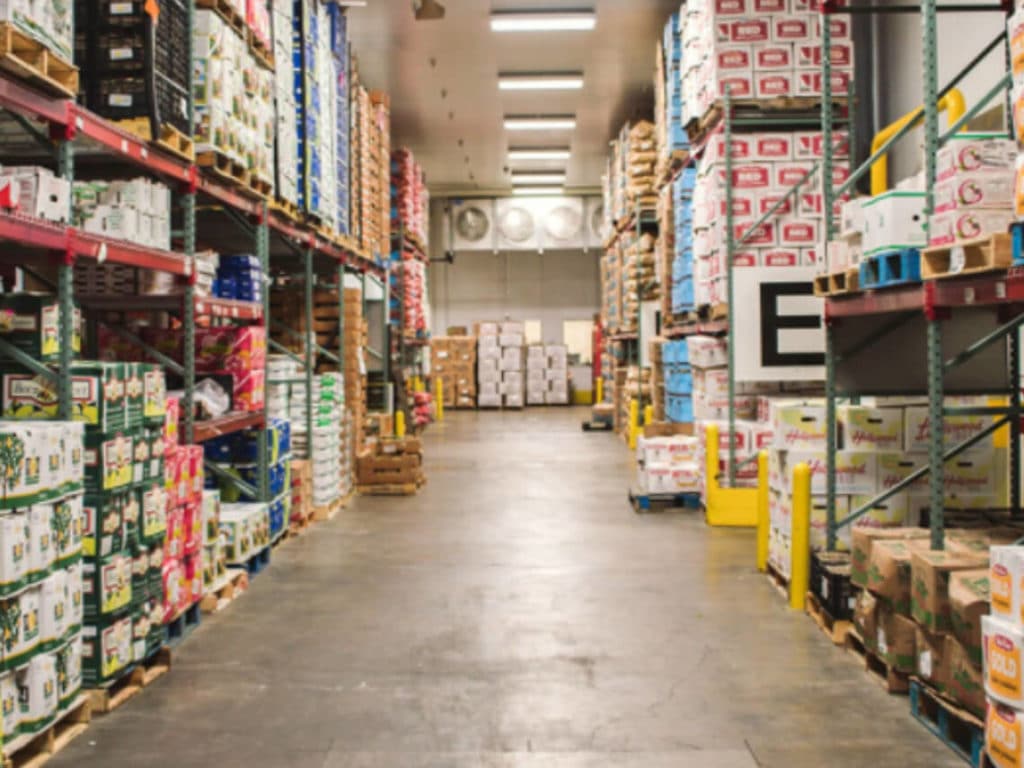Negative COVID-19 Impacts on the Food Supply Chain
Industry Report
Early in 2020, consumer spending on produce supply had increased steadily within the United States, growing 4% over the previous 5 years. Then in March, COVID-19 impacts have developed and hit the food supply chain dramatically reversing the consumer spending on food. Forgoing dining out due to the closures of restaurant establishments and social distancing requirements, consumers stocked up on grocery food and supplies. As restaurants, coffee, shops, and casual dining locations were hit hard, sales also declined rapidly by 27%.
Ripple effects have spread across the entire food distribution industry due to COVID-19 impacts. Distribution channels have been upended creating food-security risks for vulnerable populations. Food suppliers and distributors, like Peddler’s Son, have faced abrupt challenges due to order cancellations and production setbacks. Perishable materials have been waiting in the lurch to be ordered and consumed. Managers who have gained a clearer understanding of these effects have been establishing solutions to better prepare them for the challenging outcomes. Turning this around will depend on the weather, or how quickly, we can expect a return to pre-pandemic conditions.
Farmers
Farm operations that depend highly on labor production (crops of strawberries or lettuce for example) will continue to see pressing pandemic related challenges. The availability of workers has decreased, and this is likely to continue over the course of the next few months. If pandemic conditions persist, finding skilled workers will be difficult as many will not want to risk being in close quarters for fear of spreading the disease further. As farmers may be reeling with having to reduce, or even dispose of their crops significantly, these COVID-19 impacts may lead to overall product shortages increasing prices for the end consumer.
Food Distributors
As highly sought after food production is top of mind, distributors will be hit hardest if they cannot maintain margins through this pandemic. Distributors run an optimized and stable supply chain, with upstream orders coming in that anticipate downstream orders going out. Margins depend on there being a steady flow in both directions and having only a subset of products in inventory awaiting orders.
With orders rapidly shutting down due to COVID-19 impacts and government-mandated shutdowns, distributors were left holding the bag. Bottlenecks were created as space shortages were apparent in addition to staying on top of canceled inbound orders. Distributors have been significantly affected through casual-dining customers shutting down, but many have adapted through redirecting sales additions and modifying current supply chains. Many will have to rebalance their supplies with outgoing orders creating a much costlier “cold chain” rescaling facilities and personnel.
The Future of Food-Supply in the Face of COVID-19 Impacts
Food-service companies will need to pursue creative solutions, such as continuous delivery and pickup services, in order to hit break-even volumes when there is limited seating in restaurants. Profit margins will likely be affected at each step during rebalancing.
In the long term, these COVID-19 impacts of the supply chain will most likely take on many different shapes and sizes. How owners handle these challenges to evolve and resolve will depend on adaptivity and resilience. Executives of Mckinsey and Company have brought to light a few potential scenarios, of which 2 are rising to the top. Some combination of effective or relatively effective public-health and economic-policy interventions will either contain the virus or limit it to some minor recurrences, resulting in a slow recovery.
Become a Customer
Peddler’s Son is ready to work with you to grow your business. We are food driven and customer-focused. If you are looking for excellent customer service and wholesale food service delivery with solutions, contact us today to learn more about becoming a customer.
Negative COVID-19 Impacts on the Food Supply Chain Read More »
